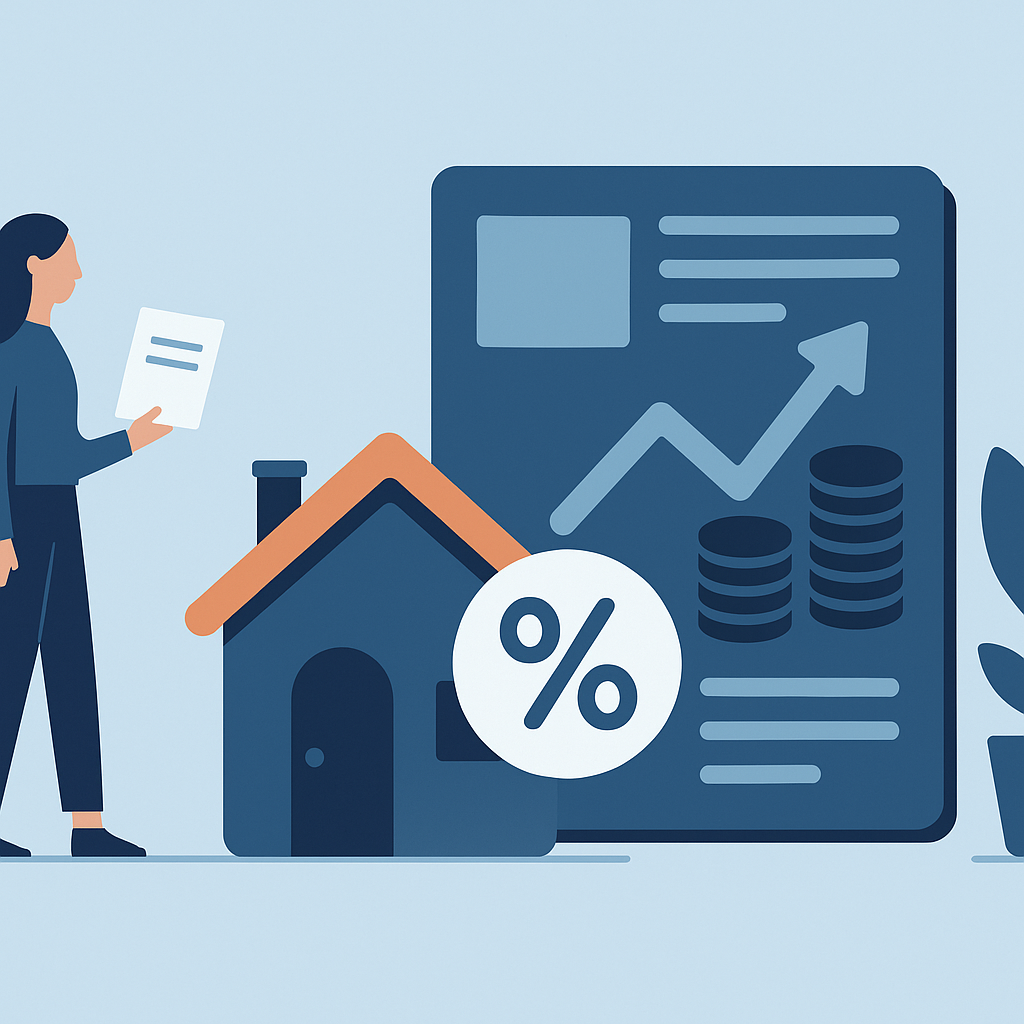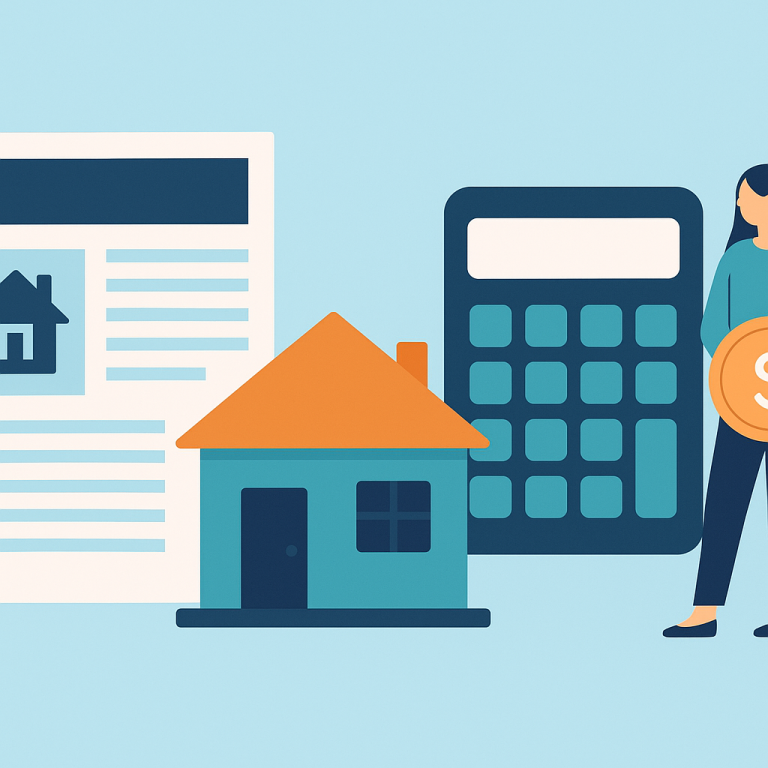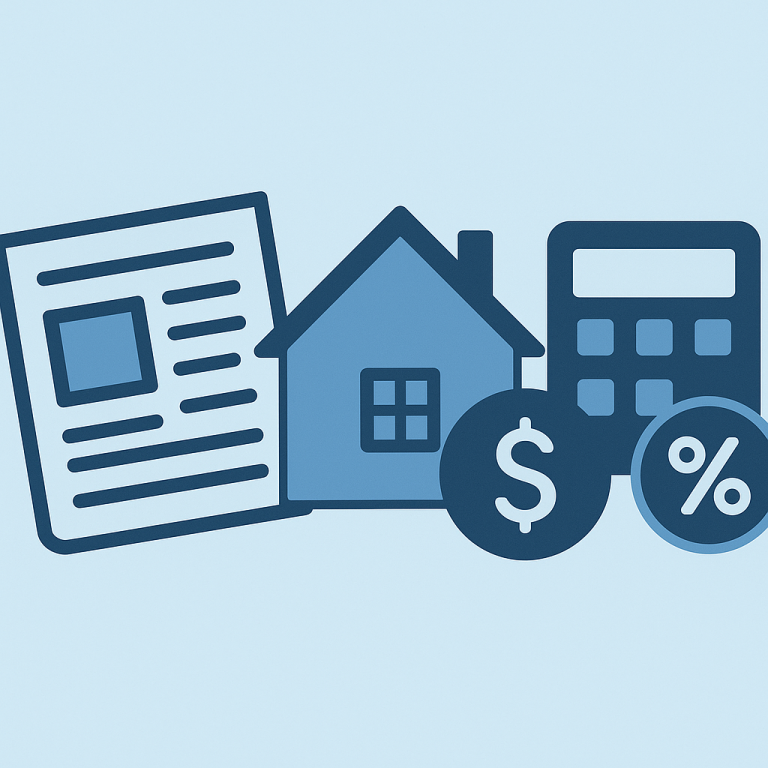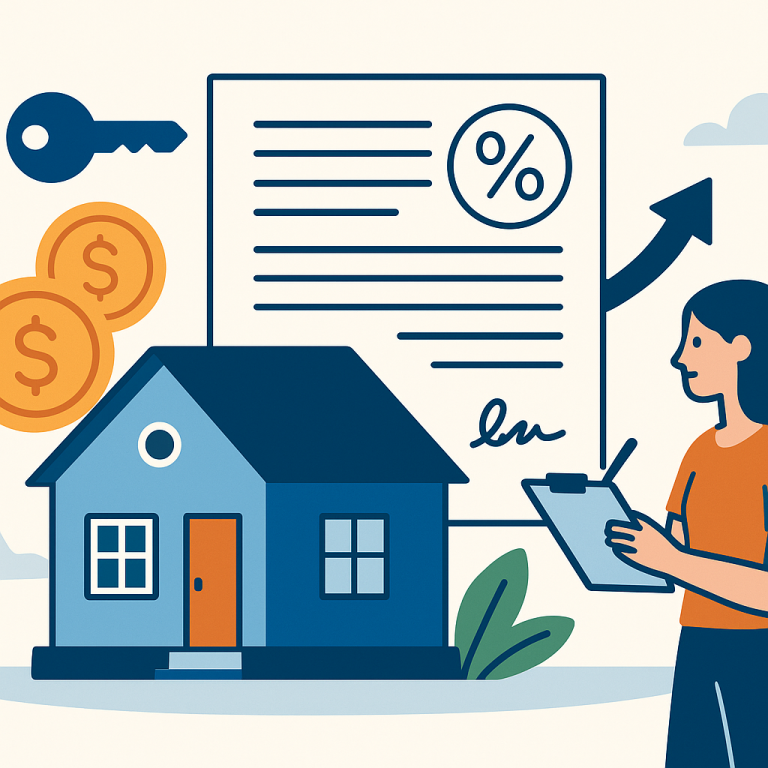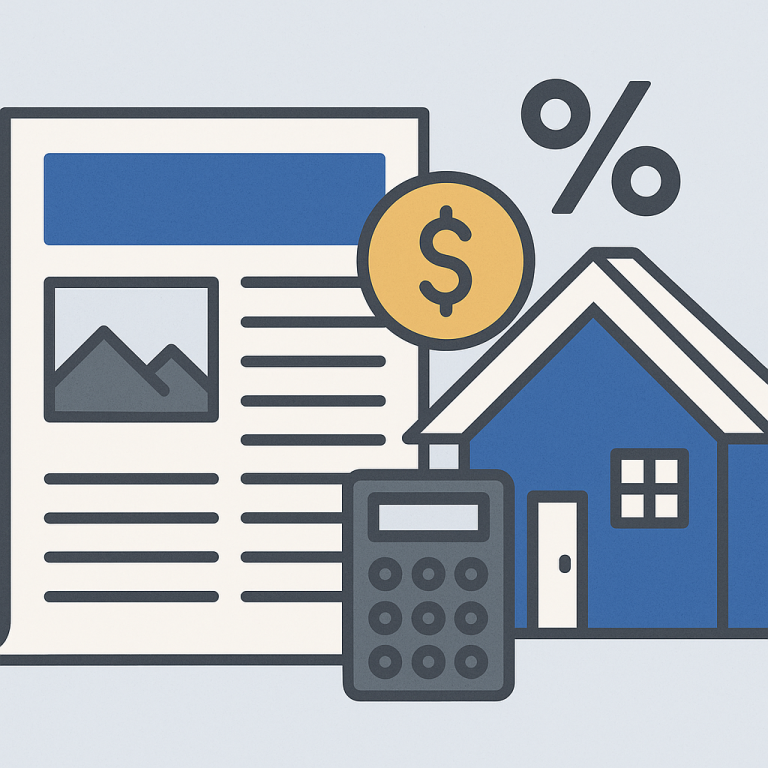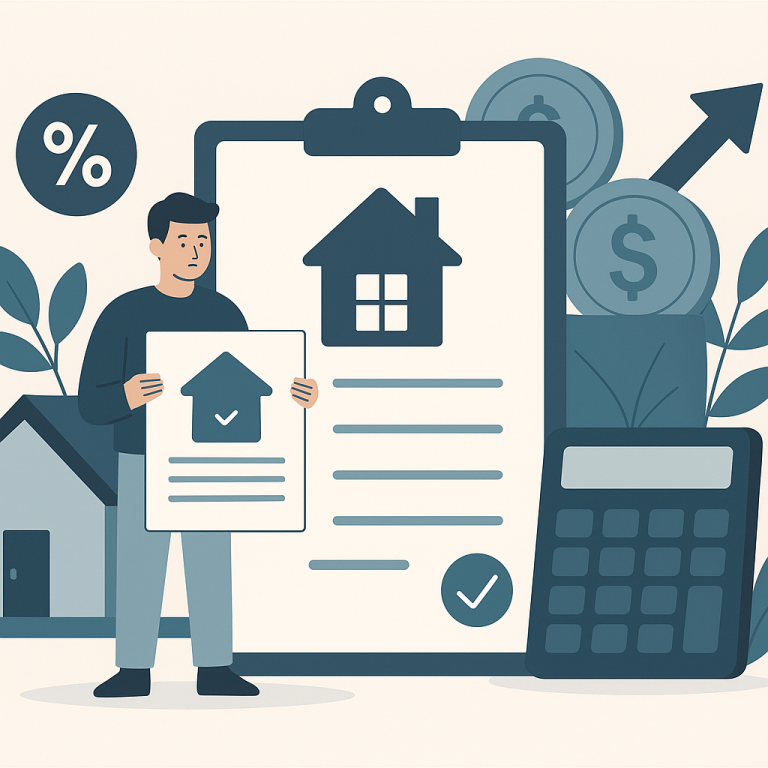Refinance Applications Jump 18% After 30-Year Mortgage Rate Drops
At a glance: The latest mortgage rate drop and how it could affect refinancing decisions.
Mortgage rates have moved lower. That can improve affordability and may reopen refinance options for borrowers whose current rate is above today’s quotes.
What the Rate Drop Means for Borrowers
Mortgage markets have shown a modest easing in recent weeks, and for some homeowners that shift has reopened opportunities to refinance. The change has not created a broad, low-rate environment; rather, it has produced a narrower window where refinancing makes sense for borrowers with sufficient equity, stable credit profiles and a clear plan for the home’s future.
Industry sources report that lenders are selectively competing for loans, offering attractive terms to borrowers who match preferred risk profiles. That means not every homeowner will benefit equally. Those who recently purchased with low down payments, who hold limited home equity, or who plan to sell within a few years may find the math less compelling than homeowners with longer intended holdings and established equity.
Key Factors Shaping Refinance Decisions
Several practical considerations determine whether a refinance will be cost-effective. Closing costs and fees can offset rate savings in the short term, so borrowers should calculate the break-even period — the time it takes for monthly savings to exceed upfront costs. The remaining length of the current mortgage is also crucial: switching to a new 30-year loan late in the original term may extend the repayment timeline and increase total interest paid, even with a lower rate.
Credit profile and documentation still matter. Lenders favor borrowers with consistent payment histories, stable income and higher credit scores, which can unlock more competitive pricing. Available equity affects both eligibility and the range of product choices; higher equity gives access to lower-risk loan options and may reduce required mortgage insurance or allow for cash-out alternatives.
Product Choice and Timing
Homeowners weighing a refinance should consider objectives before choosing a product. Rate-and-term refinances can lower monthly payments or shorten the amortization period, while cash-out refinances provide liquidity but typically at the cost of higher loan balances. Adjustable-rate options may offer lower initial payments but introduce future rate risk. Borrowers who prioritize certainty often favor shorter fixed-rate terms when possible.
Timing matters as well. Lenders often change pricing in response to broader economic indicators, so lock-in strategies and shopping multiple offers remain useful tactics. Streamlined refinance programs that reduce documentation may be suitable for some but usually require specific eligibility criteria.
Homeowner Takeaways
- Run a break-even analysis before refinancing: compare total upfront costs against projected monthly savings and the time you plan to keep the home.
- Check your credit and debt-to-income position: stronger profiles typically receive better pricing and more product options.
- Evaluate loan term trade-offs: lowering monthly payments can come at the cost of a longer repayment period unless you choose a shorter term intentionally.
- Consider equity and liquidity needs: cash-out options increase borrowing and should align with your financial goals for renovation, debt consolidation or other uses.
- Shop multiple lenders and ask about rate locks and all upfront fees to avoid surprises at closing.
For homeowners who meet the preferred profiles — steady income, good credit and meaningful equity — the recent rate easing creates a targeted opportunity to improve loan terms. Those without those attributes should approach the market cautiously and prioritize clear financial objectives before initiating a refinance.
META: refinancing-market-opportunity-homeowner-takeaways

